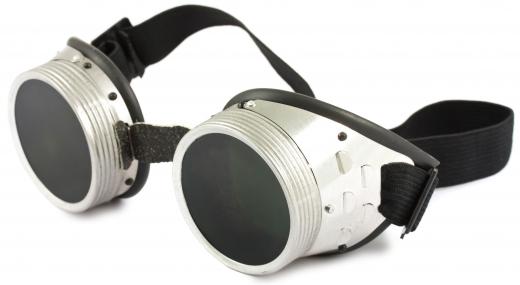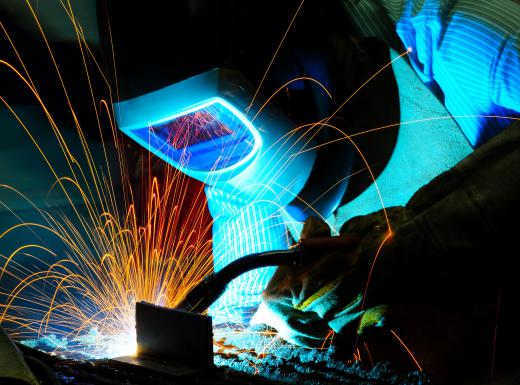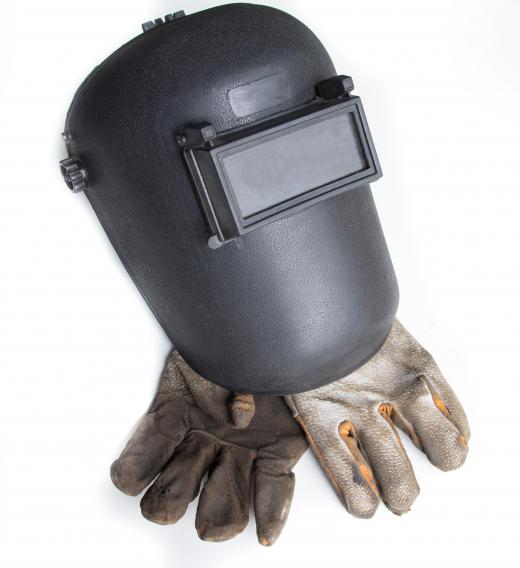Welding, simply put, is any process that bonds material by melting metal or thermoplastic surfaces. Typically, the melted edges are also bonded with a filler material, often a fusible metallic alloy. In the case of metal welding processes, arc welding is fairly common for its mostly automatic welding, allowing for quick weld-jobs. Metal arc welding is differentiated from other forms of welding by its use of a high-energy power supply.
This power source creates an electric arc between the tip of the welding instrument — technically referred to as an electrode — and the surface of the material being welded. The high-energy arc effectively melts the metallic surface and any filler metals used during the bonding process. It is a relatively straightforward welding process, but it requires skill and dexterity to perform effectively.

Within the metal arc welding genre are several subcategories. Arc welders vary in their construction and ideal usage. While there are literally dozens of varies of metal arc welders, the two most popular categories of arc welders are gas metal arc welders (GMAW) and flux-cored arc welders (FCAW).
Gas metal arc welding units are very common because the welding unit’s consumable electrodes are continually and automatically applied to the weld. This makes GMAW welding a mostly-automatic process. It is usually simple and easy for any trained welder to perform.

As an arc welder, GMAW heat is created by the power supply; the gas component of a GMAW unit is not for burning, but rather for shielding. The pure argon or helium gas emitted near the electrode of a GMAW machine is designed to purge the metallic surface of atmospheric nitrogen or oxygen. Atmospheric gases can cause gaps in the weld or defects in the metallic fusion; therefore, it is best to shield the area with an inert gas.

Most GMAW units use argon or helium, a gas best suited for shielding nonferrous metals. GMAWs, therefore, are typically used for aluminum, a common nonferrous metal. Other models with different shielding gases exist, however, making this type of metal arc welder useful for other metallic compounds as well.
Flux-cored arc welding units are similar to GMAW units, but their differences make them more prone for usage with alloy metals like steel. As with GMAWs, FCAW electrodes are continuously fed for semi-automatic welding. FCAW units do not typically have an externally supplied shielding gas; instead FCAW models feature inert ingredients already built into the electrodes which vaporize into a shielding gas at high temperatures. Essentially, a flux-based metal arc welding unit supplies its shielding gas on the electrodes themselves.

While most FCAWs rely entirely on the vaporizing flux for gas shielding, for even extra protection, some FCAW units also feature additional gas shielding, ensuring crisp, clean, nearly perfect welds. Such units are often called "dual shielded" welders. In addition to a convenient built-in shielding mechanism, FCAW machines produce even more intense heat for faster welding. Unfortunately, this speed comes at a price, as FCAWs are often more costly than competing GMAW models.
